1. McDonald’s McDLT

In the mid-’80s, McDonald’s thought they had cracked the code for the perfect burger with the McDLT, short for “McDonald’s Lettuce and Tomato.” It came in a two-sided Styrofoam container that kept the hot and cold ingredients separate until you combined them yourself. The idea was clever, but customers quickly realized they didn’t want to assemble their own burgers, especially in a drive-thru.
The bigger problem was environmental. Those Styrofoam containers became a symbol of fast food waste, and environmental groups called out McDonald’s for the excessive packaging. By the early ’90s, the McDLT was quietly pulled from menus, and McDonald’s switched to more eco-friendly materials. Jason Alexander even sang about the burger in an over-the-top commercial that aged about as well as the foam box itself.
2. Burger King’s Herb the Nerd

In 1985, Burger King introduced a bizarre campaign centered around “Herb,” a fictional man who had never eaten a Whopper. They built a whole mystery around him, encouraging customers to spot Herb in restaurants for a cash prize. It was supposed to create buzz, but it mostly created confusion.
No one really understood who Herb was or why he mattered, and by the time the campaign ended, Burger King had spent millions on ads that didn’t sell any burgers. Even a Super Bowl commercial couldn’t save Herb from becoming one of advertising’s weirdest footnotes. The whole thing left customers scratching their heads, and Herb vanished as quickly as he appeared.
3. Wendy’s Superbar
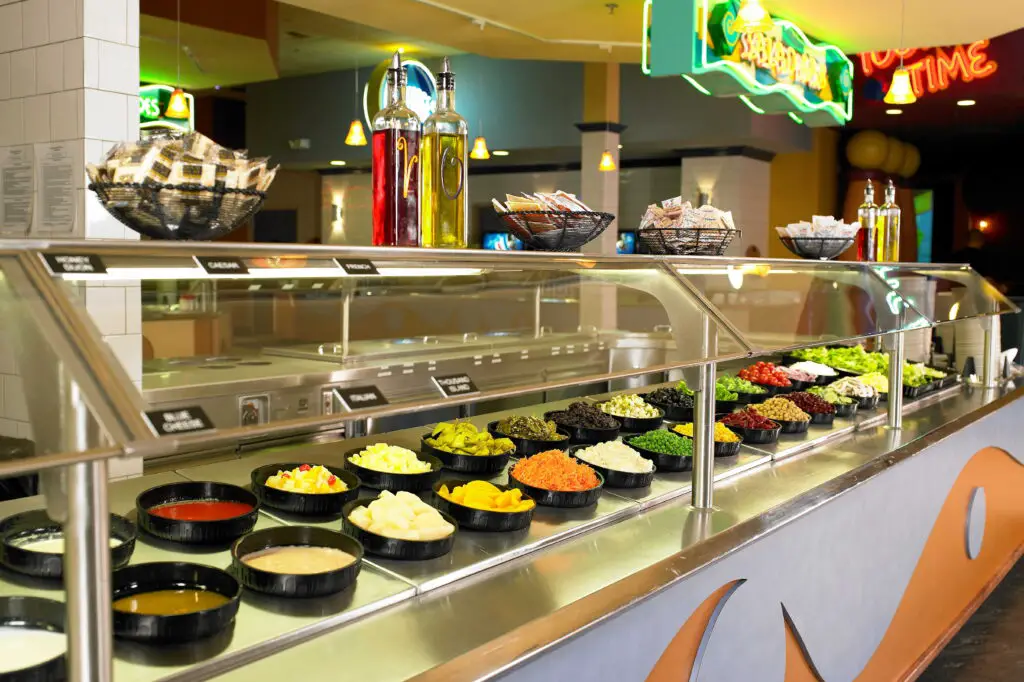
Wendy’s decided to compete with sit-down restaurants in the late ’80s by introducing the “Superbar,” a self-serve buffet featuring pasta, tacos, and salad. It sounded like a great value at the time, and families loved the variety. But behind the scenes, it was a logistical nightmare.
Keeping the bar stocked and clean was a constant battle, and the labor costs were enormous. Kids tended to make a mess, and food waste piled up faster than anyone could manage. By the mid-’90s, Wendy’s quietly scrapped the Superbar, and it’s now remembered fondly—but also as one of the chain’s most impractical ideas.
4. McDonald’s Pizza
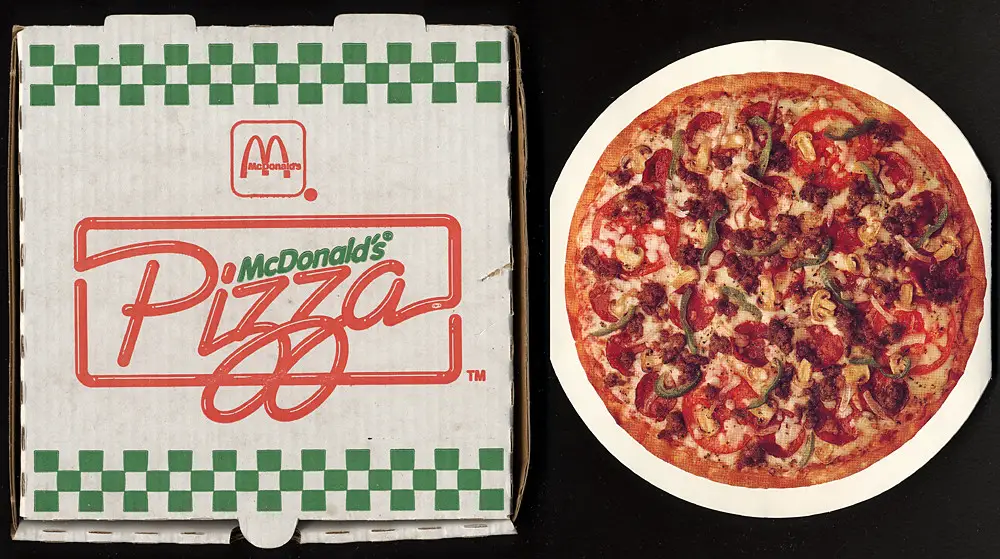
In the late ’80s, McDonald’s decided to go head-to-head with Pizza Hut by launching their own pizza. Some locations even built special ovens to bake them faster. The problem? Fast food pizza wasn’t fast.
Customers waited up to ten minutes for their orders, which completely defeated the purpose of a drive-thru meal. Franchise owners hated the cost of the equipment, and it never caught on beyond a few test markets. Today, McDonald’s Pizza survives mostly in nostalgic memories and YouTube videos from people who swear it was actually pretty good.
5. Domino’s “Avoid the Noid”
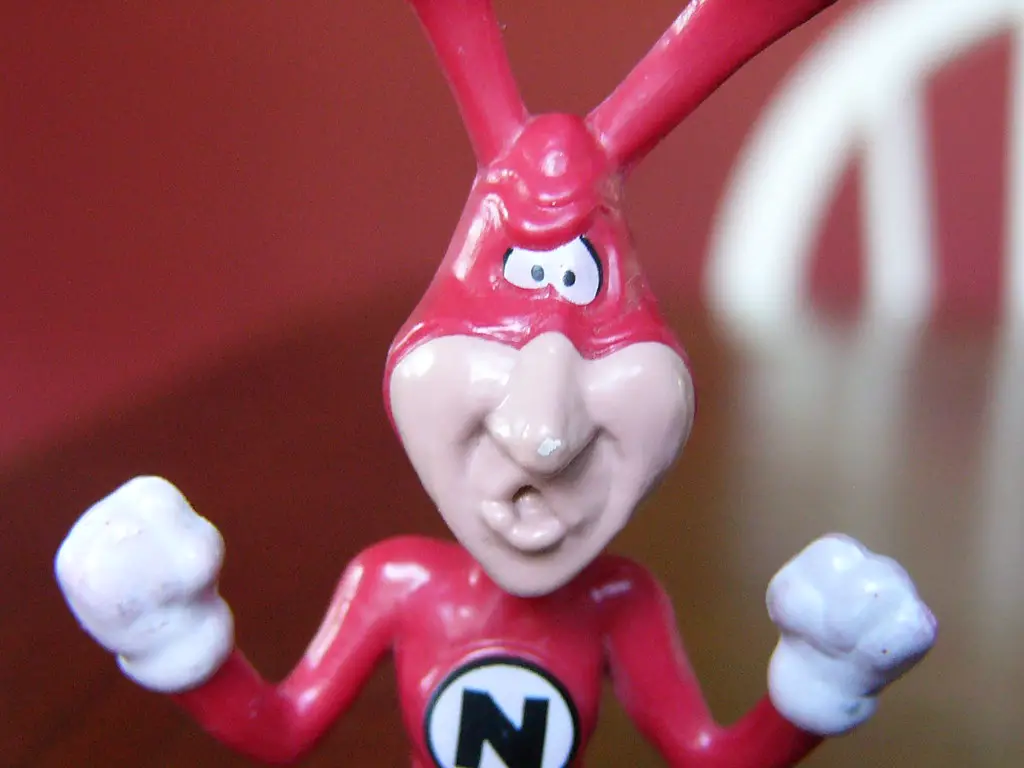
In 1986, Domino’s introduced the Noid, a strange claymation mascot who tried to ruin pizza deliveries. The idea was to highlight Domino’s speedy 30-minute delivery guarantee. Unfortunately, the Noid’s popularity took a dark turn when a real man named Kenneth Noid thought the ads were mocking him and held employees hostage.
After that incident, Domino’s quietly phased out the Noid and ended the guarantee. The mascot returned decades later in a more tongue-in-cheek way, but the original campaign remains a reminder that gimmicks can spiral far beyond what anyone expects.
6. Burger King Table Service
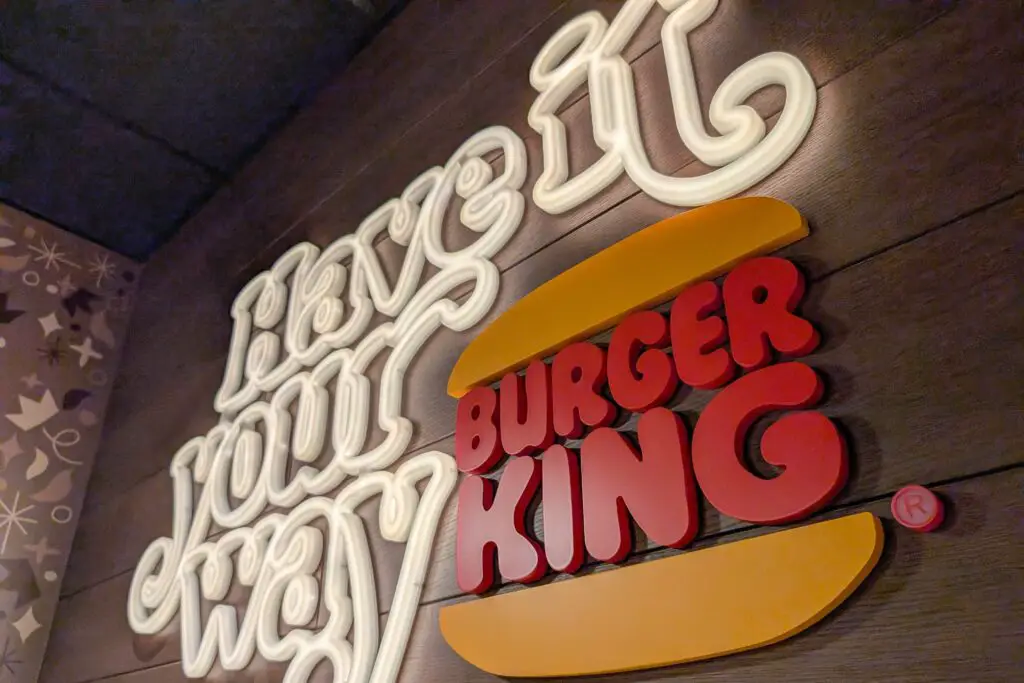
Burger King tried to outclass McDonald’s in 1983 by offering “table service” at select locations. Customers could sit down, and an employee would bring their food on a tray. It was an attempt to make fast food feel more like casual dining.
Unfortunately, it slowed everything down and annoyed people who just wanted a quick burger. The experiment didn’t last long, and most customers preferred to grab their meals and go. The idea was quietly abandoned, proving that fast food and fine dining don’t mix.
7. Taco Bell Seafood Salad

In 1986, Taco Bell tried to join the seafood craze with a new “Seafood Salad” featuring shrimp, whitefish, and crab. It was meant to compete with McDonald’s Filet-O-Fish and appeal to health-conscious diners. The problem was, it was Taco Bell—and seafood doesn’t travel well.
Customers complained about the smell and questionable freshness, and the salad quickly became a punchline. Taco Bell pulled it not long after, and it remains one of the chain’s most infamous menu misfires.
8. McDonald’s Arch Deluxe

Although it debuted in the mid-’90s, the Arch Deluxe was born from late ’80s corporate thinking that adults needed a “sophisticated” burger. It was loaded with a fancy sauce and marketed as a grown-up option. McDonald’s spent an estimated $150 million promoting it, one of the most expensive campaigns ever.
But adults didn’t want to pay extra for a burger that tasted almost the same as the regular one. The ads felt out of touch, showing kids rejecting the “adult” burger. It was a colossal flop and a classic example of overthinking what people actually want from fast food.
9. Burger King’s International Menu

In 1986, Burger King launched a short-lived “International Menu” featuring items like the French Chicken Sandwich and Italian Chicken Sandwich. The idea was to bring a worldly twist to the Whopper chain. Customers, however, weren’t buying it.
The flavors didn’t mesh well with Burger King’s usual fare, and the names confused more than intrigued. Most diners just wanted their Whoppers and fries. Within months, the menu disappeared, and Burger King went back to basics.
10. Hardee’s Fried Chicken
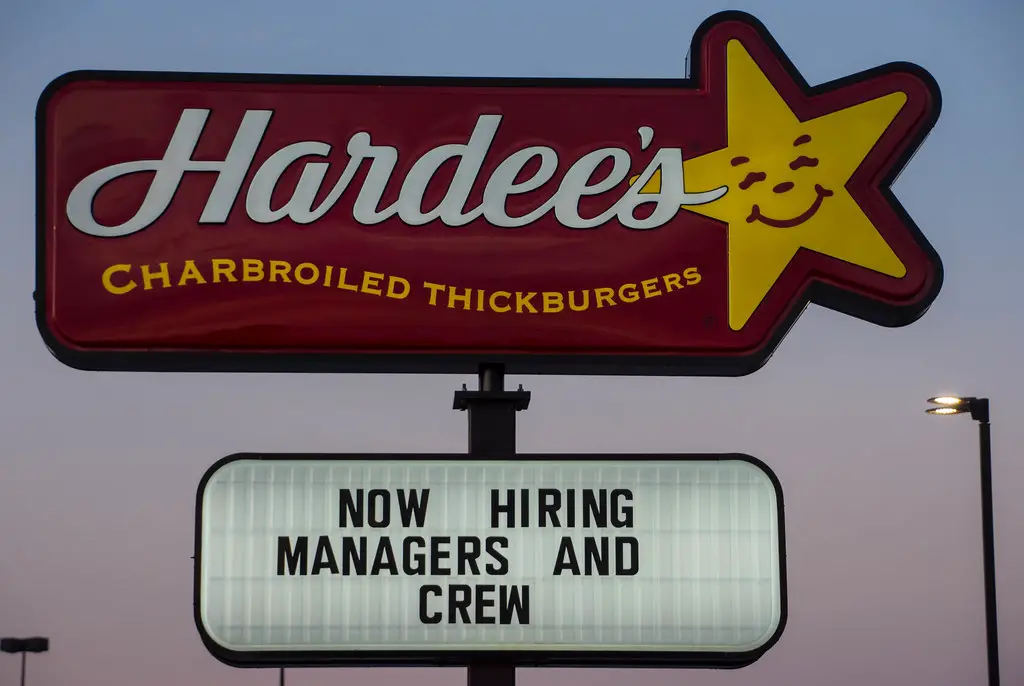
Hardee’s decided to take on KFC in the ’80s by adding fried chicken to its menu. It was a bold move but one that backfired fast. Fryers got overworked, kitchen lines slowed, and the extra grease made everything smell like chicken.
Customers who came for burgers got frustrated waiting, and the brand’s identity became muddled. Hardee’s eventually gave up on the idea, but not before losing plenty of customers along the way. It was a case of trying to be everything to everyone—and ending up pleasing no one.
11. Jack in the Box Bonus Jack Comeback
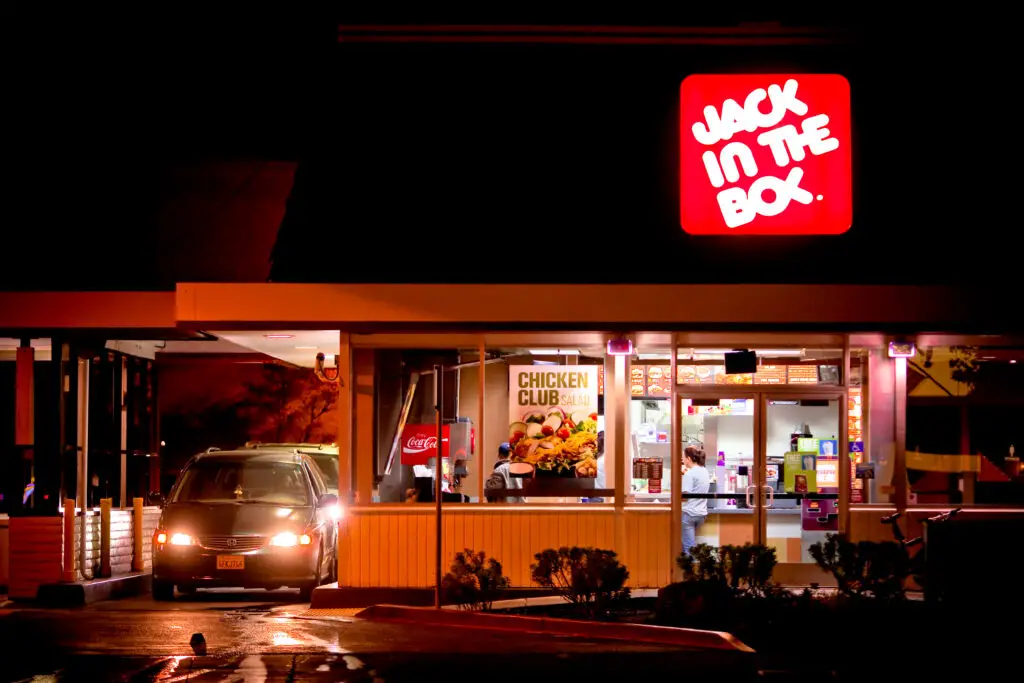
In the late ’80s, Jack in the Box tried to revive its 1970s burger called the Bonus Jack. They hoped nostalgia would bring customers back after a series of health scares had hurt the chain’s image. Unfortunately, it didn’t.
The marketing leaned too hard on memories, and the burger itself didn’t live up to the hype. It failed to attract new fans or win back old ones, and it disappeared again almost as fast as it returned. The attempt proved that nostalgia alone isn’t enough to fix a reputation.
12. Pizza Hut’s Priazzo
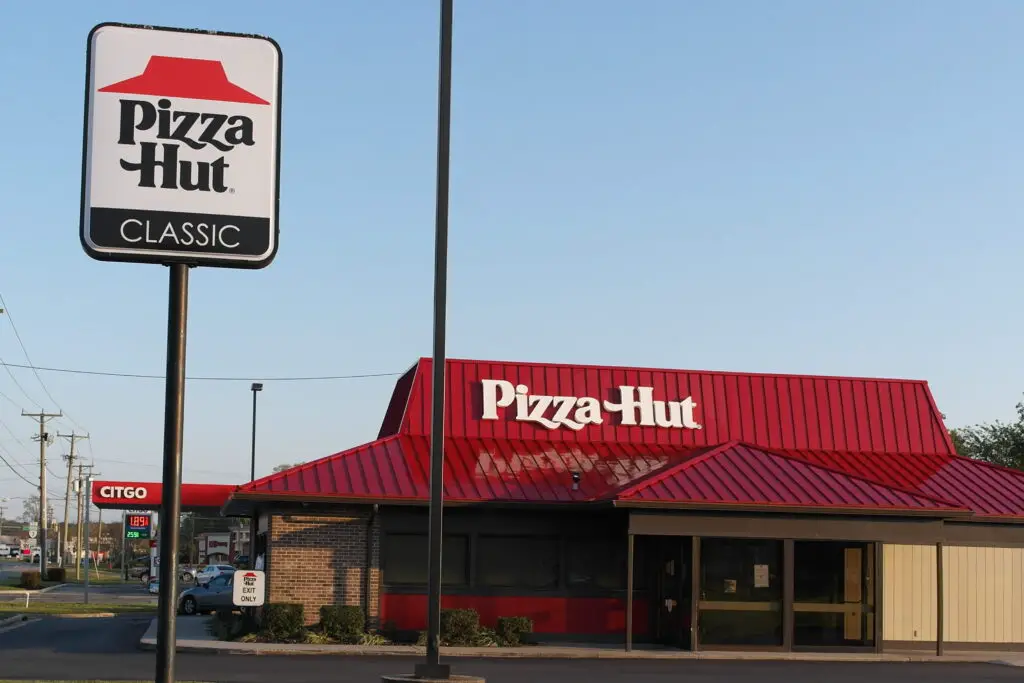
Pizza Hut took a huge swing in 1985 with the Priazzo, a deep-dish pizza layered like lasagna and baked in special pans. It was meant to feel gourmet compared to the usual pizza chain offerings. The catch? It took nearly 45 minutes to bake.
Customers who came for quick service were not impressed, and even the “fancy” appeal wore off once they saw the price. The Priazzo quietly vanished a few years later, remembered fondly by some but largely as an overly ambitious flop.
13. A&W Third Pounder

A&W tried to compete with McDonald’s Quarter Pounder by releasing a “Third Pounder” burger in the late ’80s. On paper, it should have been a slam dunk—it was bigger for the same price. But Americans misunderstood the math.
Many customers thought a third was less than a quarter, so they refused to pay more for what they believed was a smaller burger. The campaign became infamous in marketing textbooks as a lesson in how not to assume your audience knows fractions.
14. Dairy Queen Breeze

Before smoothies became mainstream, Dairy Queen tried to cash in on the health trend with the “Breeze,” a frozen yogurt version of their famous Blizzard. It was lower in fat and aimed at dieters who wanted a lighter treat. But customers didn’t go to Dairy Queen for health food.
People complained it didn’t taste as rich as the Blizzard, and franchise owners didn’t like keeping extra yogurt machines. It faded from menus by the early ’90s, proving that sometimes, trying to be healthy just leaves a bad taste.
